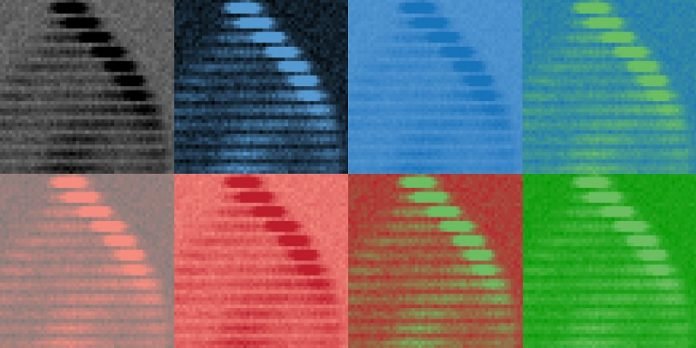
Researchers at ETH Zurich have made a groundbreaking discovery in the world of quantum physics, observing surprising behaviors in a specially created “artificial solid.”
Led by Tilman Esslinger, the team has been investigating how topology, or the way parts are arranged, affects the motion and energy of particles in quantum systems.
These findings were recently published in the journal Science.
Topology in mathematics deals with the properties of objects that are preserved through deformations, twists, and stretches, but not tearing.
For instance, a doughnut and a coffee cup are considered the same topologically because both have one hole.
Similarly, in quantum systems, particles can be arranged in ways akin to these shapes, affecting how they behave.
At ETH Zurich, the researchers used extremely cold potassium atoms and trapped them in a grid created by laser beams.
This setup mimicked the structured environment of solids but allowed the scientists to control the particle interactions with magnetic fields. Initially, the particles were allowed to move without interacting with each other.
Zijie Zhu, a Ph.D. student, and his colleagues observed that the particles moved in a consistent direction across the lattice, similar to how a screw moves forward as it rotates.
This movement, known as topological pumping, continued until the particles encountered a simulated “wall” created by another laser beam.
Interestingly, when the particles hit this wall, they didn’t just stop—they started moving in the opposite direction.
The team explained this by suggesting that the particles switched from one topological state to another at the wall, reversing their direction of motion.
Further experiments added a new twist. When the researchers introduced repulsive interactions between the particles—making them push away from each other—the particles began reversing direction before even reaching the laser wall.
The team deduced that the particles created an “invisible barrier” through their mutual repulsion.
This phenomenon has exciting implications. It suggests a method for transporting qubits, the basic units of quantum computers, without disturbing their quantum states. Such a mechanism could serve as a “qubit highway,” efficiently moving these particles to where they need to be in a quantum computer.
Esslinger’s team plans to continue their research to see if this topological screw method holds up under various conditions, such as in disordered systems and across multiple dimensions.
This study not only advances our understanding of quantum systems but also opens up potential new applications in quantum computing, highlighting the strange yet fascinating behaviors of particles when manipulated in the quantum realm.
Source: ETH Zurich.



